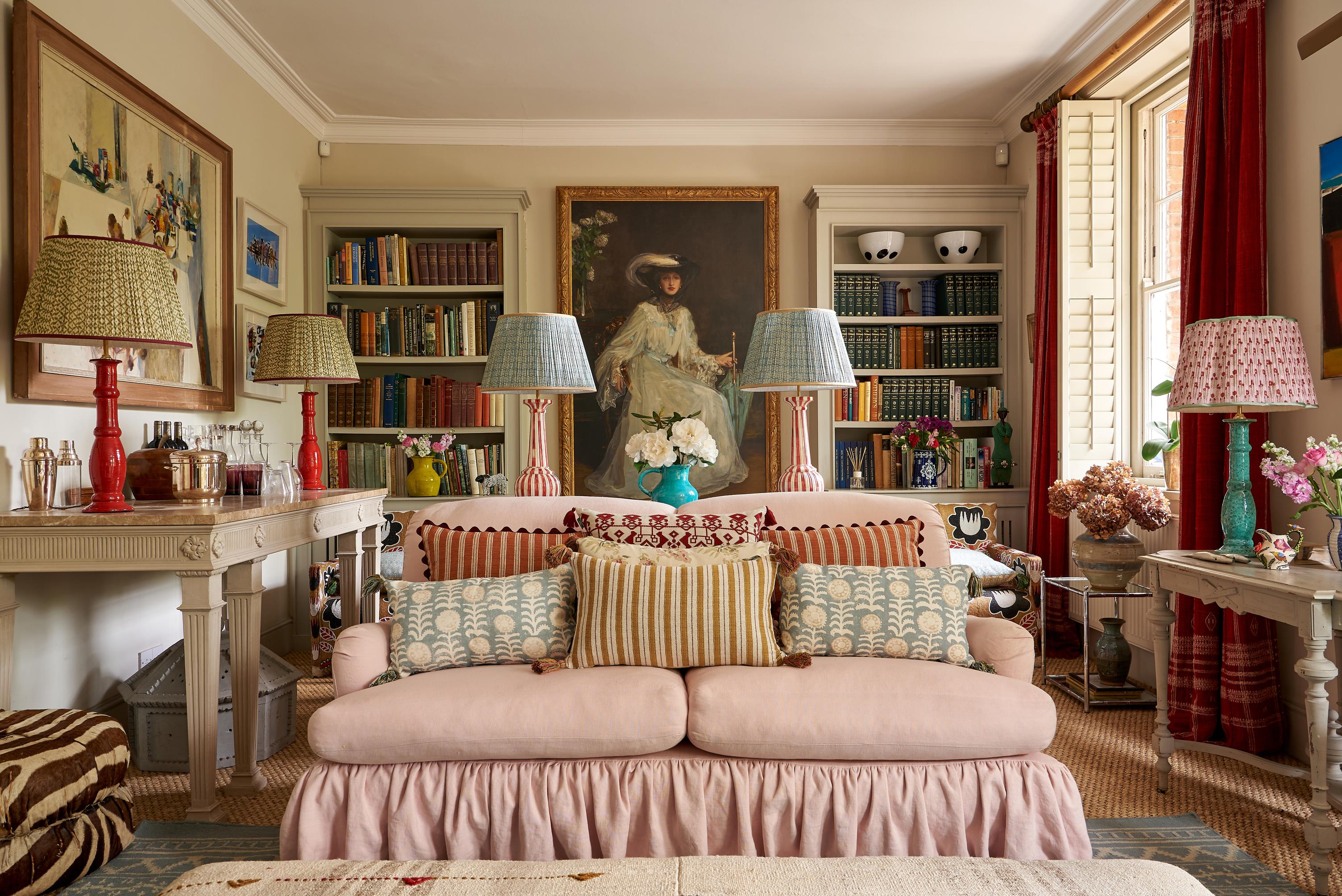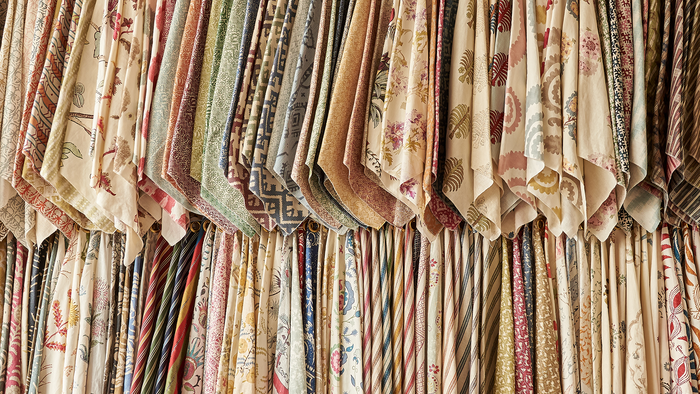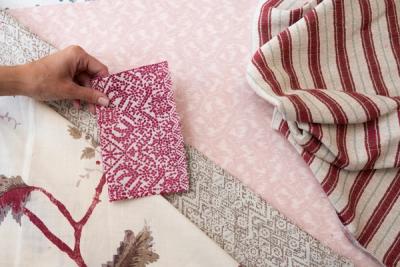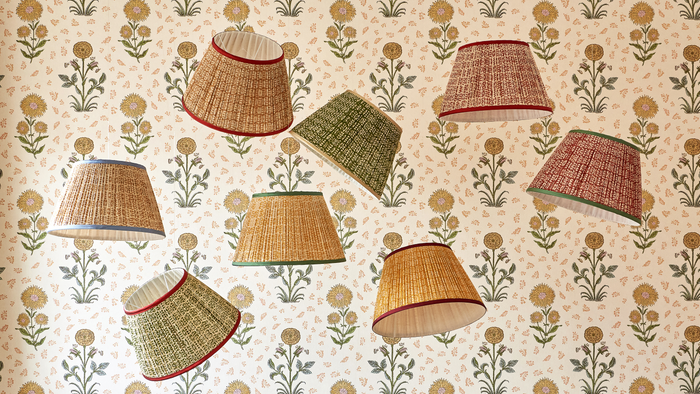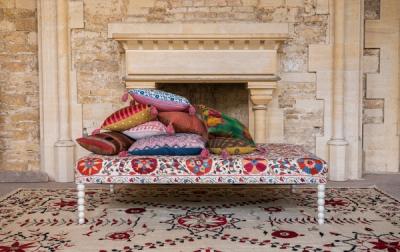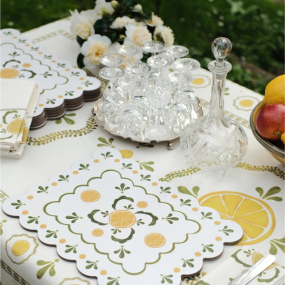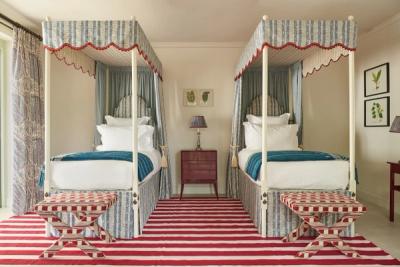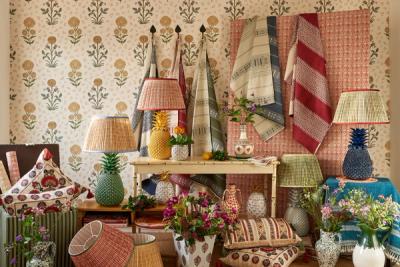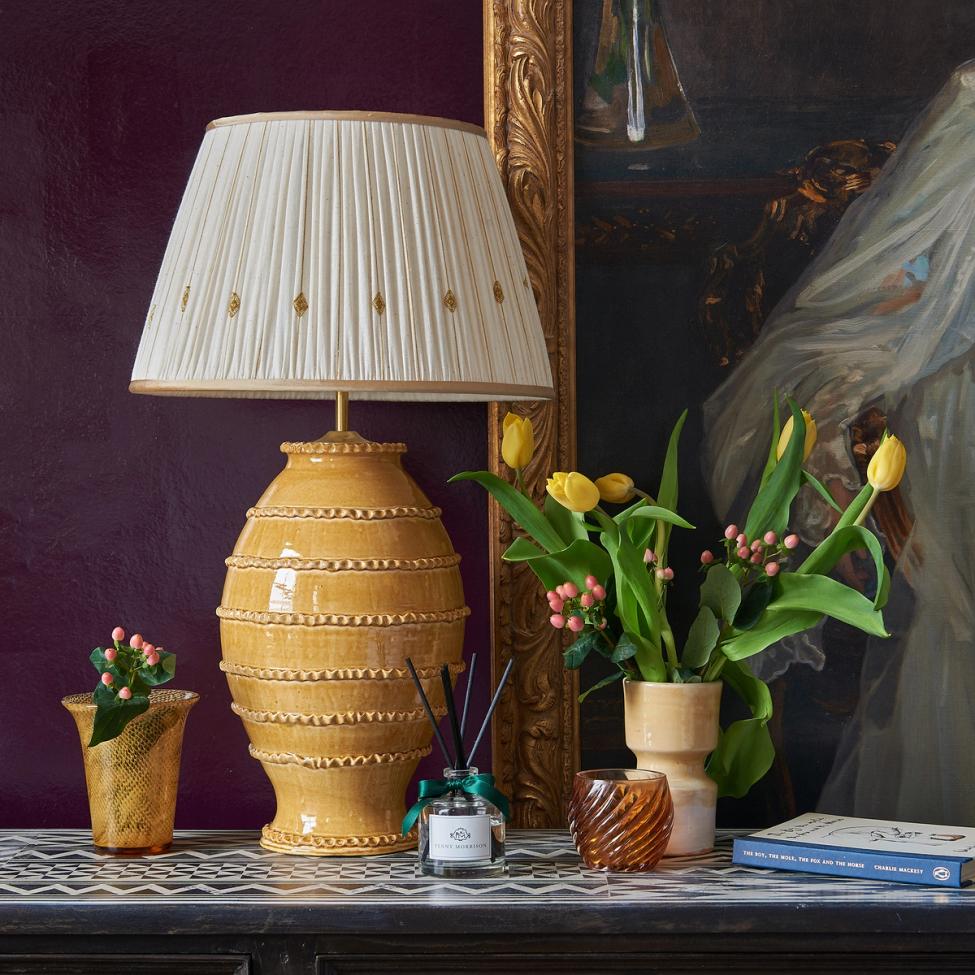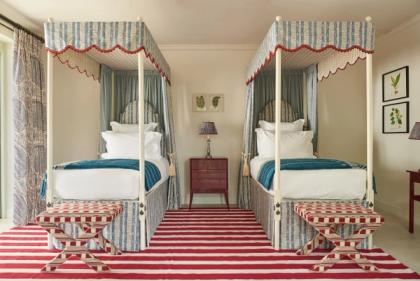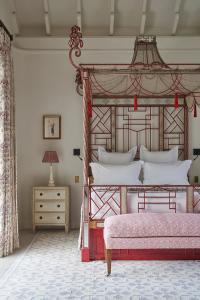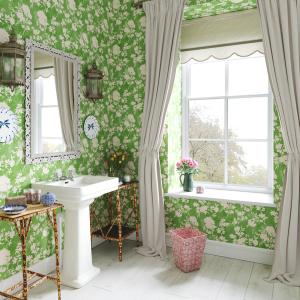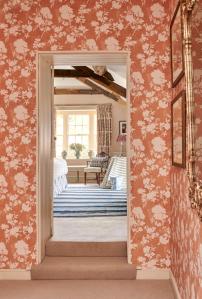Decoration
How to Use Lamps to Make a Room Seem Bigger

How to Use Lamps to Make a Room Seem Bigger
Effective lighting is a little like gravity, good air, or cool, crisp water – it’s exactly what we all need but, provided it’s doing its job, is usually being overlooked. We’re not suggesting any of us walk into the room, arms spread, praising the lightbulbs, but that it’s always worth investing a little more time and thought into our lighting, and what it can do for any given room of the house.
At Penny Morrison, we’ve found that a healthy appreciation for lighting just comes with the territory, and lamps are absolutely no exception.
Yes, they direct a focused little pool of light onto the page of a book, or illuminate the trickier areas of the home, but they’re also a convenient tool for making a room feel larger than it is.
The Problem at the Perimeter
While the overheads are designed to fill the entire room with a relatively ‘homogenous’ level of light, lamps are more or less designed to do the opposite – to direct light into a specific part of the room, and create a bright ‘pool’, whether on the wall, the ceiling, or the floor.
As you can imagine, one of the greatest benefits to this is the ability to replace dark and ‘shrunken’ looking corners with light and to essentially expand the corners of the room. This is particularly useful in older cottages, which tend to feature plenty of acute angles – as opposed to the relatively straightforward 90° that makes corner sofas and side cupboards infinitely easier to place.
A dim corner shrinks a room. True, it’s not like your room’s corners represent blackholes, but areas of reduced light still serve to narrow the parameter. Our eyes tend to gloss over what doesn’t immediately stand out to us, so an unlit area at the room’s edge sacrifices valuable inches.
The Power of the Lamp (and How to Use it)
Filling a slightly dingy or dull corner with intrigue – a painting or two, a corner shelf or a cosy slipper chair, for instance – are effective at making the most of the full scope of the room, but, without focused lighting, none of your efforts will quite pay off.
Ultimately, there’s no ‘big secret’ to using a lamp effectively but introducing more into any room not graced by great swathes of natural light is one of those simple solutions that usually passes us by more than it hits us in the face.
Lamps typically direct the most light directly up and directly downward, creating those lovely pools of light on the ceiling, and on the upper and lower portions of the wall. While specifically highlighting the edges of the room may not sound like the key to making it look bigger than it really is, it is the key to preventing the room from looking smaller than it really is.
Positioning a lamp in the corner, or close enough to feel the benefit, can make a major difference to the room’s overall ambience, even if you don’t change anything else at all.
Working Out How ‘Focused’ the Light Should be
Here’s the trick. A particularly focused beam of light – say, from a task lamp – can have the negative consequence of creating a much stronger contrast between areas that are lit, and areas that aren’t being directly lit. Lamps and lamp shades that diffuse light across a wider area are the most effective.
Also, while naked filament bulbs are an attractive attrition, they can have a similar effect, drawing more of a distinction between light and shadowy areas.
Look at lampshades that direct light up and down, without letting it blaze out in all directions. The empire lampshade – the traditional cone shape (without the pointed tip) – is ideal for this, and a versatile option that can be modernised, or kept traditional. You can take a look at our guide to choosing lamp bases and shades for more insight on the subject.
Get used to layering, rather than adding
While the difference between adding another lamp to a room and layering multiple lamps within a room is mostly semantic, it’s worth changing your perspective and seeing the process as a layering process for the sake of getting the very most out of your décor.
We’ve put together a complete guide to layering lighting here, but the basic idea is that, the more lamps and ‘accent’ light sources you have, the more dimension you can create — and, ultimately, the more control you can have over the brightness level and, as a result, the room’s ambiance.
By adding a greater sense of depth and dimension to the room, it begins to feel bigger. Overheads can make everything feel flat and unidimensional, and layered lamps offer the complete opposite effect.
More from Decoration
